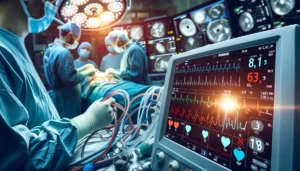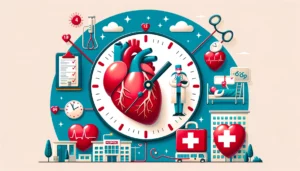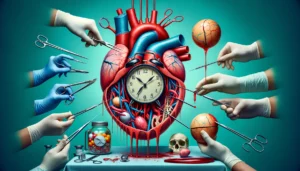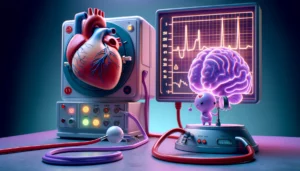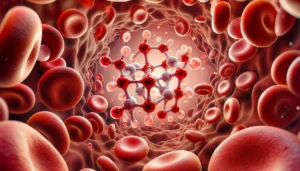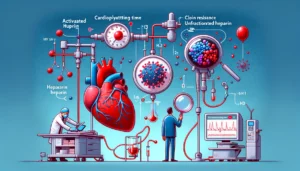
The Number of Microbubbles Generated During Cardiopulmonary Bypass Can Be Estimated Using Machine Learning From Suction Flow Rate, Venous Reservoir Level, Perfusion Flow Rate, Hematocrit Level, and Blood Temperature
This study introduces a neural network-based model to estimate the count rate of microbubbles (MBs) in cardiopulmonary bypass (CPB) systems, using suction flow rate, venous reservoir level, perfusion flow rate, hematocrit level, and blood temperature. Through perfusion experiments and clinical applications, the model demonstrated high accuracy (R2 > 0.95) and a strong correlation in clinical settings (R2 = 0.8576). This innovation could significantly enhance patient safety and outcomes by enabling precise monitoring and potentially reducing the risk of MB-associated complications in cardiac surgery.


